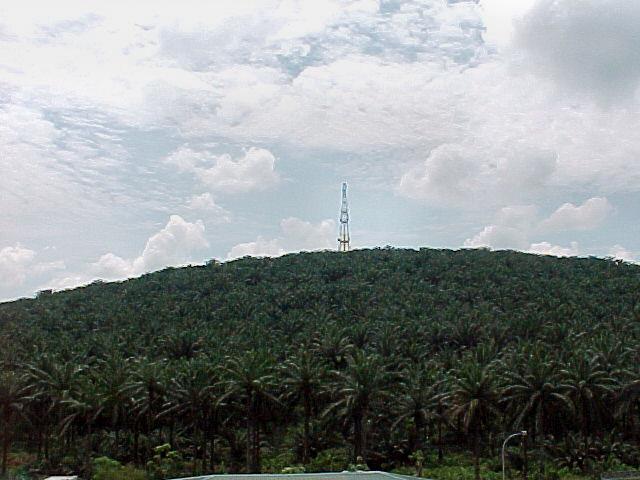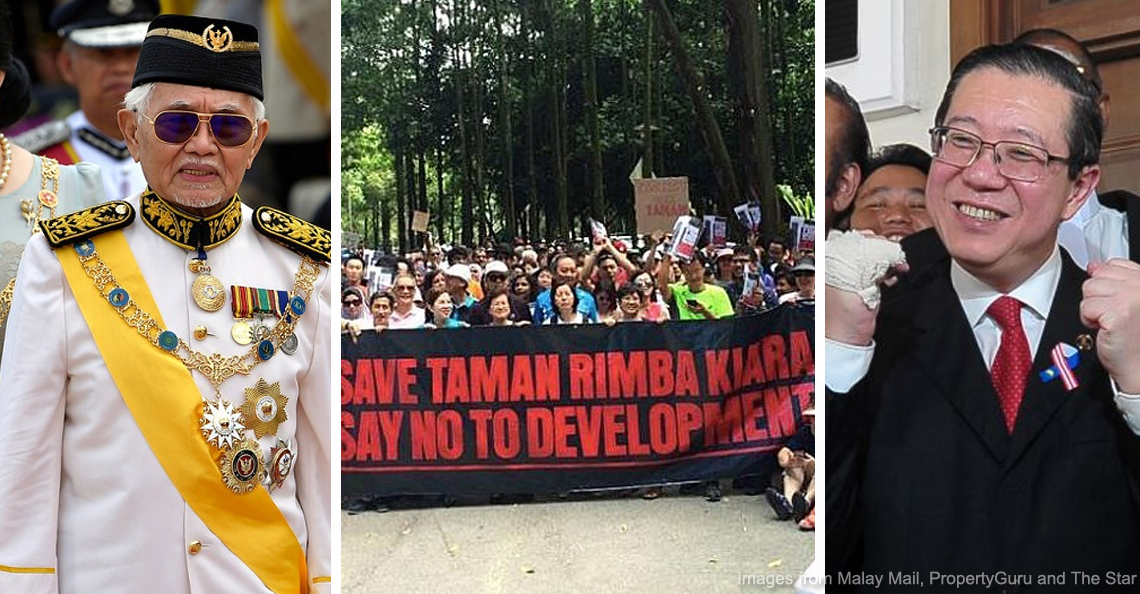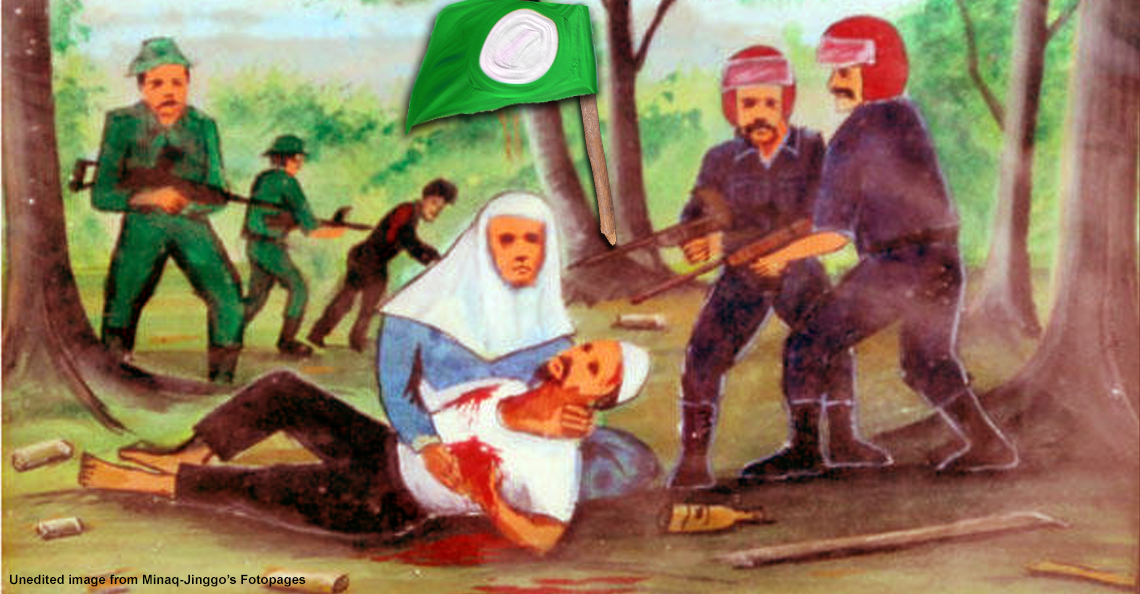Kuala Lumpur may have been named after a river that doesn’t exist anymore

- 191Shares
- Facebook69
- Twitter27
- LinkedIn20
- Email27
- WhatsApp48
Who’s up for a 3-in-1? This time we’ll be covering our Federal Territories, and since we have three, we’ll be combining all of them into one sachet of Cilisos.
First up, our nation’s capital: Kuala Lumpur, whose name you’d think has a pretty obvious origin story, but it actually doesn’t.
Kuala Lumpur technically should have been called Kuala Gombak
Anyone who can speak Malay and know Geography can tell you that Kuala Lumpur literally means ‘muddy place where two rivers merge’, but in the case of our capital, it’s a bit less straightforward than that. When two rivers join to form a kuala, common practice is to name it after the smaller river, but KL was founded where the Gombak River merged into the Klang River. By this theory, it should have been named Kuala Gombak instead.

Several people had came up with theories to explain this weirdness. Some suggest that the settlement was somehow named after the Lumpur River, which joined the Klang River about a mile upstream from KL. Others suggest that it was originally called Pengkalan Lumpur (muddy jetty), so named to differentiate it from Pengkalan Batu (stone jetty), which was what Klang was called. Over time, Chinese miners shortened the name to Kalen Lumpur and later Kuala Lumpur.
Others still suggest that the Sungei Lumpur mentioned in some mining anecdotes was actually another name for the Gombak River, so KL was properly named. However, due to contradictions in the anecdotes, the theory is just as unlikely as the rest. At the end of the day, how exactly we came to call the capital Kuala Lumpur remains a mystery to this day.
Labuan was once named after a British queen and a Japanese commander
When the British raised their flag on Labuan in the 1800s, the island’s name was changed to Victoria Island to honor Queen Victoria, who reigned then. This name stayed until World War 2 when the Japanese conquered the island and renamed it to Maida Island (Maedashima) in honor of the first Japanese commander in northern Borneo, Toshinari Maeda, who was killed in an air crash on the way to open an airfield in Labuan.
When the British Military Administration later took back the island, they restored the island’s original name: Labuan, which is derived from the island’s role as a prominent harbor in the area. According to “A descriptive dictionary of the Indian islands & adjacent countries” (1856), several places were called Labuan then, but the island is the Labuan.
“Labuan, correctly written Lábuhan, is… derived from the Malay and Javanese word labuh, to drop or let fall, hence to drop or cast anchor, and signifies anchorage or harbour… the word pulo or island must be prefixed, making ‘anchorage or harbour island’.”
Finally, perhaps the most simple name origin of the three…
Putrajaya was named after the first Prime Minister

The youngest of the three Federal Territories, Putrajaya was built over a rubber estate named Prang Besar (literally Big War), somewhere between KL and the KL International Airport. It was named in honor of Tunku Abdul Rahman Putra al-Haj, Malaysia’s first Prime Minister as well as the Father of Independence.
It’s nice that Putrajaya’s name has a meaning as well: putra means prince or son in Malay, and jaya means success or victory, so Putrajaya can be interpreted as ‘victorious men’ or ‘successful people’. Well, that’s it for the Federal Territories. If you want to discover more interesting origins of our states’ names, pick one from the list below!
Kedah | Terengganu | Kelantan | Perlis | Johor
Selangor | Penang | Perak | Pahang | Malacca
Negeri Sembilan | Sabah | Sarawak | Federal Territories
- 191Shares
- Facebook69
- Twitter27
- LinkedIn20
- Email27
- WhatsApp48



